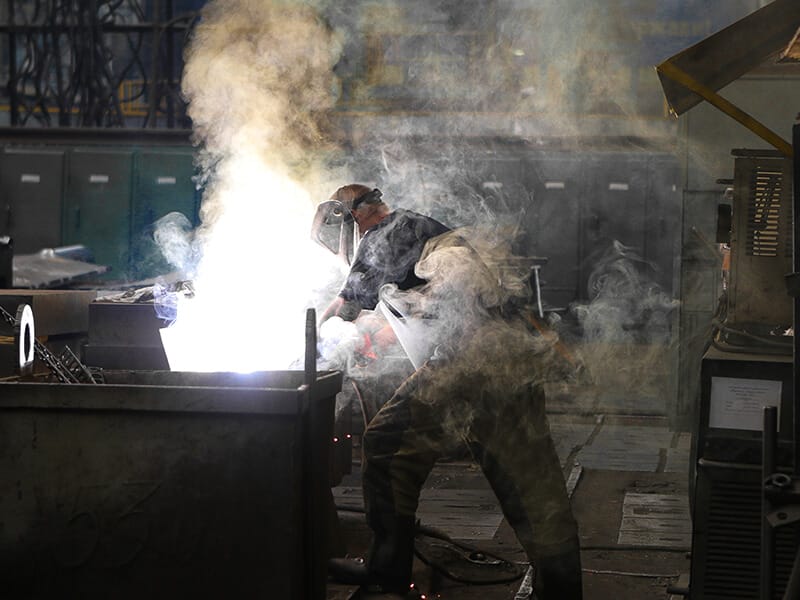
How To Detect Toluene
Formula: C7H8 | CAS: 108-88-3
Protecting both people and the environment whilst meeting the operational needs of your business is paramount and if you have operations in the UK you will be well aware of the requirements of the Control of Substances Hazardous to Health (CoSHH) regulations and likewise the Code of Federal Regulations (CFR) in the US.
Similar legislation exists worldwide, the common theme being an onus on hazard identification, risk assessment and the provision of appropriate control measures.
Detecting Toluene a member of the BTEX family
Compound | Source | Detection
The Volatile Organic Compounds (VOCs) benzene (B), toluene (T), ethylbenzene (E), and the isomers of xylene (X) also known as BTEX are important industrial solvents which frequently become industrial contaminants. These VOCs, used in gasoline, printing industry, leather industries, and rubber manufacture, produce a large amount of contaminated wastewater that is discharged into the aqueous environment.
The most likely source of BTEX pollution in the environment according to the US Environmental Protection Agency (EPA), is due to leakage from underground gasoline storage tanks into ground water, leaching from landfills, and discharge from factories and refineries.
– ScienceDirect
”The presence of toluene in the environment does not always lead to exposure.
Public Health England
In order for it to cause any adverse health effects, you must come into contact
with it. You may be exposed by breathing, eating, or drinking the substance or
by skin contact. Following exposure to any chemical, the adverse health effects that you
may encounter depend on several factors, including the amount to which you are exposed (dose), the way you are exposed, the duration of exposure, the form of the chemical and if you were exposed to any other chemicals.
Source Of Toluene
Toluene also known as methyl benzene is the T in BTEX, and is most commonly used in paint thinners, contact cement, glues, oils, resins, detergents, preparation of chemicals agents, rubber, printing ink, polishes, leather tanning and disinfectants.
The largest release of toluene is during the production, transport, and use of petrol, which contains about 5 to 8 per cent toluene. In remote areas, the concentrations of toluene in air are quite low, however levels from 1.3 to 6.6 Parts Per Billion (ppb) are common in suburban and urban areas, with levels as high as 350 ppb in areas of high traffic density.
– Queensland Government
Toluene Detection
With a seemingly inexorable rise in the production and release of Toluene and the rest of the BTEX family into the environment it is vitally important that the health dangers and legislative provision are understood to ensure that you go beyond compliance.
Rather than having to rely on human senses in a workplace setting it is advisable to use an appropriate form of quantitative monitoring; indeed, the onus is on the employer to do the risk assessment. There are methods published by the Health and Safety Executive (HSE) in the United Kingdom (UK) and National Institute Of Occupational Safety and Health (NIOSH) in the United States (US) that can be used to capture air samples for later analysis but by definition this occurs after exposure could have taken place. Therefore, real-time methods are preferable which can range from fixed, permanent systems for fence line applications, hand-held devices for area measurements or confined space entry and most recently developed, personal monitors that can alert a worker to an immediate hazard.
Download our FREE Guide
“Detecting toluene a member of the btex family”
The detecting toluene a member of the btex family guide which can be downloaded below provides the reader with an in-depth balance of knowledge. The guide covers topics on btex compounds, source of toluene and toluene detection methods using PID.









 United Kingdom
United Kingdom






